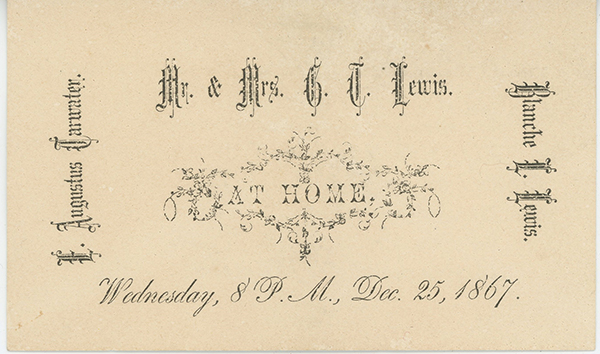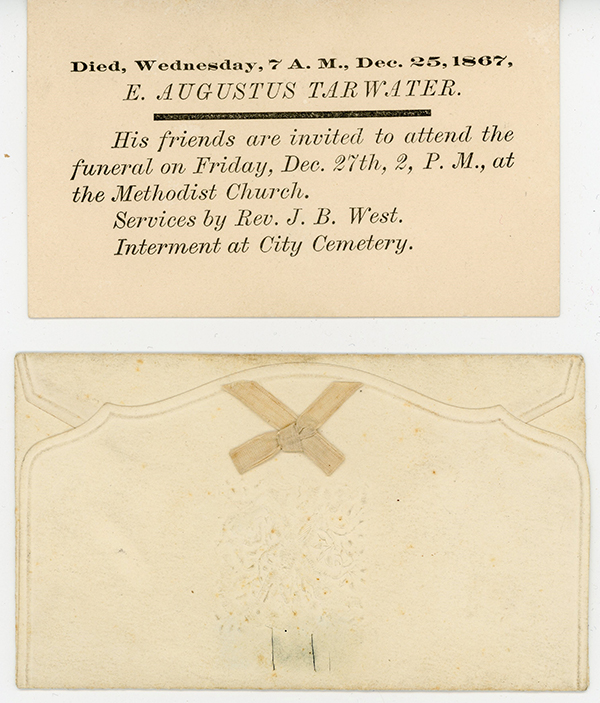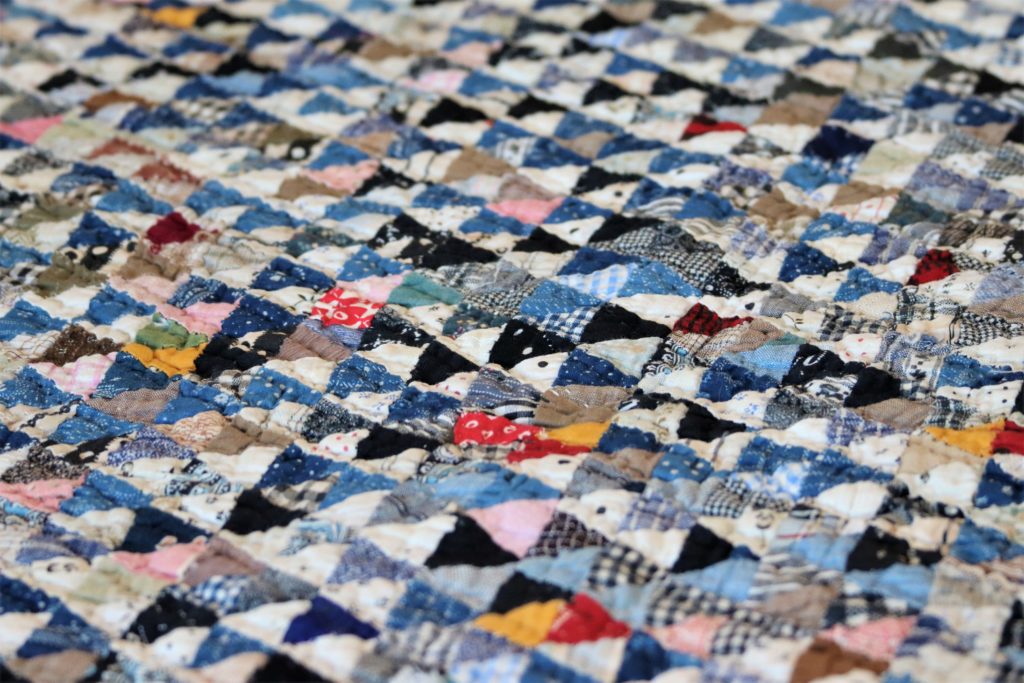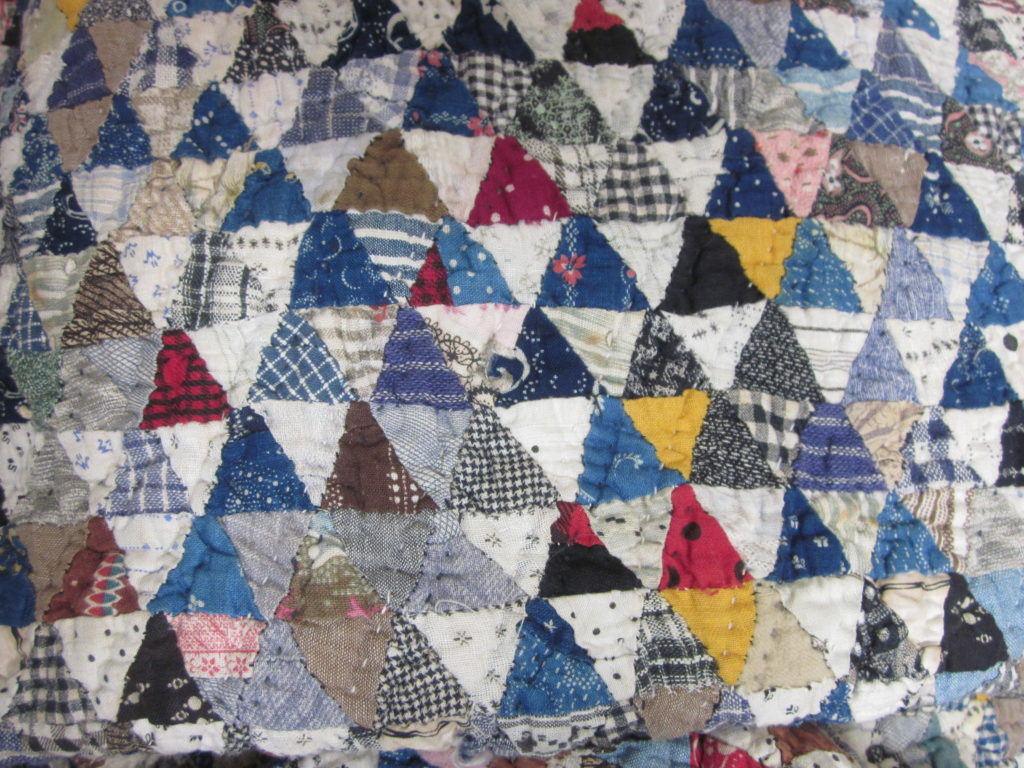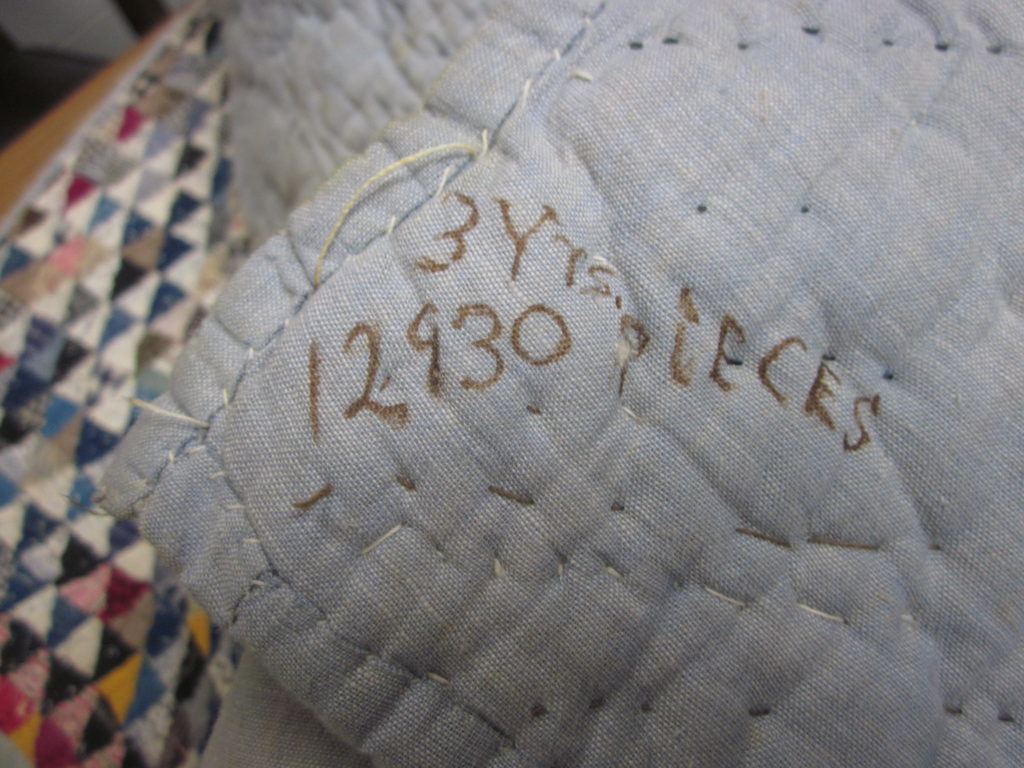Navider
Gift of David and Debbie Winters

Born in Montgomery County, Tennessee in 1889, Captain Philip Van Horn Weems developed advancements in navigational systems for use in air and space travel. Among Weems’ inventions was this navider, or proportional divider, which accurately calculated speed, time and distance. Weems also trained Charles Lindbergh in navigation prior to his historic solo non-stop transatlantic flight in 1927. In the early 1960s, at the age of 71, Weems was again recalled to service to teach classes in space navigation at the U.S. Naval Academy. Today, many of his revolutionary inventions and systems are still in use.
Wedding & a Funeral Invitation & Envelope
Gift of Robert L. Pasco 1867
During the Civil War, Blanche Louise Lewis was known as an “angel of mercy” at a make-shift Confederate hospital housed in the Clarksville Female Academy. She cared for the wounded, gathered supplies, wrote letters and provided comfort to frightened soldiers. Lewis also fell in love with Augustus Tarwater, a young soldier captured at Gettysburg while serving with the 14th Tennessee infantry. When Augustus returned to Clarksville after the war, the couple became engaged. After a bout of bronchitis, he died in 1867 on Christmas morning; this was the same day he and Blanche were to be married. The family printed his funeral invitation on the reverse of their wedding announcement and added a black ribbon as a symbol of mourning.
Sculpture, Little Woman by Olen Bryant
Gift of Olen Bryant 1954
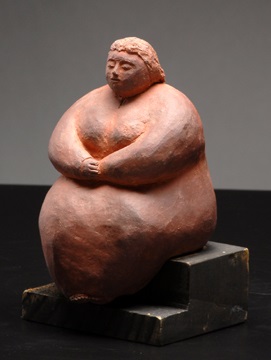
Olen Bryant, the son of a Cookeville, Tennessee tobacco farmer, studied at the Cranbrook Academy of Art in Bloomfield Hills, Michigan; where he was introduced to the post-war craft movement. In the 1950s, Buddhist and Neolithic art at the Freer Gallery of Art further influenced his artistic style, as seen with this red clay sculpture. Bryant taught at Austin Peay State University from 1964 to 1991, inspiring several generations of gifted artists.
Photograph of Pope Garrett
Gift of Carla Guerra
Photographed by Carla Guerra 1998

Pope Garrett opened his Deluxe Dry Cleaners on Franklin Street in the 1930s. Patrons brought their finest clothes here to be laundered or tailored; it was a cornerstone of East End, the center of Black business during the 1900s. His son, Pope Garrett Jr., took over the business in 1942 and operated it until his death in 2004. Pope Garrett also served as Montgomery County Magistrate and was chairman of the Negro Progressive Club. Jimmy Brewer, a patron of Garrett’s Deluxe Dry Cleaners, said
“I had my shirts done at Mr. Garrett’s for 10 or more years. That was the time of all cotton shirts, and I made the mistake of complaining about the way my wife ironed one. She told me that someone made a living doing that. That’s when I started doing business with Mr. Garrett.”
This photograph is one in a series taken as part of a school project at Austin Peay State University.
12,930 Piece Quilt
Gift of Anne Poland in Honor of Ann Anderson 1900-1924
Sallie French Durham of Henry County, Tennessee painstakingly pieced together 12,930 fabric triangles to create this intricate quilt. During the early 20th century, quilters began mimicking traditional patterns, like this 1,000-pyramid pattern, in miniature scale. The spirit of competition drove quilters to undertake these ambitious projects, which often took years to complete. Sallie French spent three years hand-stitching this quilt, which is among 21 quilts in the Museum’s Collections.
